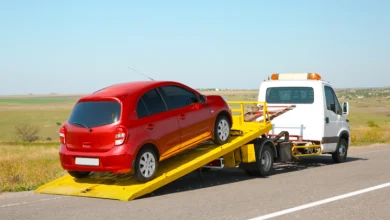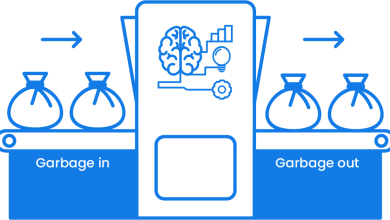As of August 6, 2025, North America’s auto‑transport segment is undergoing significant transformation. Rising demand, AI‑powered logistics, trade policy shifts, and autonomous innovation are all steering the car‑shipping sector toward a new course. Here’s an in‑depth look at the trends revving up the industry this year.
Rising Demand & Door‑to‑Door Growth
In 2025, the North America door‑to‑door auto‑transport service market is projected to hit approximately $917.8 million, with a steady CAGR of 2.5% through 2032, expanding into electric and luxury car delivery segments and dealer fulfillment programs
Consumers are increasingly ordering vehicles online especially used cars and EVs forcing auto‑shippers to modernize. Buyers want door‑to‑door delivery at predictable costs, pushing providers to optimize route planning, integrate EV‑specific handling, and enhance transparency.
AI & Telematics: Smarter, Leaner Transport
AI and telematics are reshaping auto shipping from load matching to customer communication.
Uber Freight’s AI-driven system cuts empty miles (known as “deadhead”) by 10–15%, speeding up delivery and reducing emissions. Its machine learning factors in traffic, weather, and routing variables, while AI chat agents slash customer wait times to under 30 seconds.
Similarly, carriers like GP Transco are rolling out AI-assisted pricing and scheduling tools in 2025, boosting on‑time rates and efficiency through predictive planning.
Meanwhile, GPS fleet‑tracking and telematics offer real‑time oversight, enabling both transport companies and customers to monitor vehicle condition and location throughout the journey.
Trade Policy & Tariff Tensions Adding Waves
Political and trade policy shifts are reverberating through auto logistics:
- New USTR port fees announced in April 2025 impose a flat $150 per-car capacity charge on all foreign-built vehicle carriers entering U.S. ports, potentially costing operators up to $1.8 billion annually.
- Meanwhile, looming 25% tariffs on autos and parts from Canada and Mexico are complicating supply chains and inflating shipping and transport costs—even for cross-border auto haulers.
For car‑shipping providers serving importers, dealerships, and consumers, these elevated tariffs and fees are creating new cost pressures that may be passed on downstream to customers.
Autonomous Trucks Take Drive: Aurora and Beyond
Autonomous trucking is beginning to make real inroads in auto transport logistics:
Aurora Innovation is expanding driverless operations between Dallas and Houston into night runs, logging over 20,000 fully autonomous miles so far. With plans to scale from a handful of trucks to tens of units by year‑end, Aurora will soon add routes to Phoenix and El Paso.
Meanwhile, Ship A Car, Inc., a leading national auto transport company, is leveraging real-time tracking, digital coordination, and a vast carrier network to meet evolving consumer demands. The company specializes in both open and enclosed transport, offering tailored solutions for electric vehicles, classic cars, and dealer inventory transfers. With a decade of trusted experience, Ship A Car, Inc. combines personalized customer service with advanced logistics tools—proving that even without autonomous trucks, reliable and tech-driven vehicle shipping is already a reality.
These innovations promise to reduce driver fatigue, increase vehicle utilization, and cut labor costs—especially during low‑traffic hours.
Adaptation Strategies for Next‑Gen Shipping
Auto‑transport businesses that thrive will focus on:
- Hybrid carriers operating both open and enclosed loads ideal for transporting EVs, classic cars, and high‑value vehicles.
- Cross‑border compliance expertise as U.S.–Canada/Mexico trade disruptions escalate demands for documentation, permitting, and customs integration.
- Green logistics via low‑emission carriers and intelligent routing, aligning with emerging environmental standards in freight shipping.





